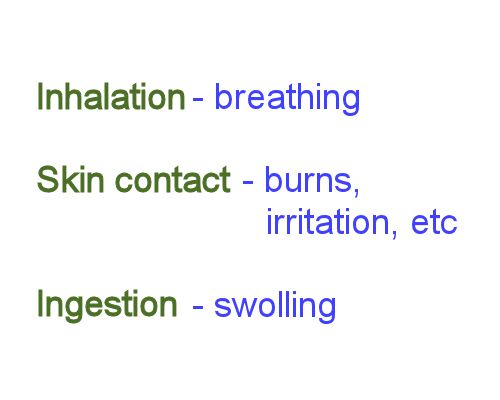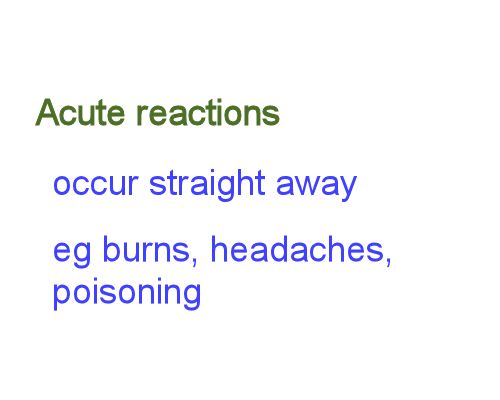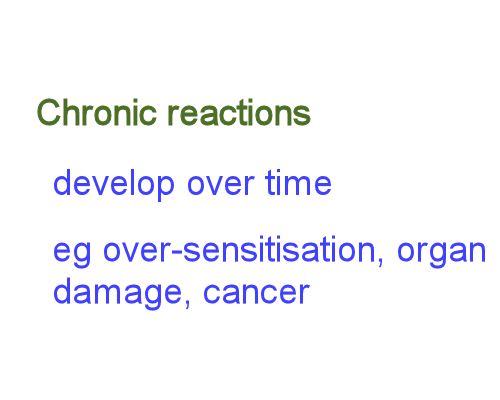Hazardous substances
 Audio for slide 1 (mp3 |6|KB)
Audio for slide 1 (mp3 |6|KB)
Substances are classified as hazardous when they have the potential to harm the health of workers who are exposed to them.
The sorts of hazardous substances you're most likely to come across at work include:
- sealants and coating products
- adhesives and glues
- fuels, such as LP gas, petrol and diesel
- acids, such as battery acid or hydrochloric acid
- solvents, such as paint thinners, methylated spirits and mineral turpentine
- board products that contain formaldehyde glue, such as particle board, medium density fibreboard (MDF) and plywood
- cement-based sheet products, such as compressed fibre cement
- cementitious products in a powder form, such as smoothing, patching and levelling compounds.

 Audio for slide 2 (mp3 |6|KB)
Audio for slide 2 (mp3 |6|KB)
Exposure
There are three main ways that you can be exposed to a hazardous substance.
- Inhalation - that is, breathing in airborne dust, vapours or gases.
- Skin contact - which might cause burns, skin irritation or absorption into your blood stream.
- Ingestion - by swallowing a chemical, either accidentally or through contamination on your hands when you eat, drink or smoke.

 Audio for slide 3 (mp3 |6|KB)
Audio for slide 3 (mp3 |6|KB)
This means that exposure up to a certain level is considered to be low risk, but once you go over that amount you need to take special precautions.
This particularly applies to various types of dust that float in the air or skin irritants that can get on your hands.

 Audio for slide 4 (mp3 |6|KB)
Audio for slide 4 (mp3 |6|KB)
Health effects
The effects of hazardous substances on your health can be acute or chronic or both.
Acute reactions occur straight away. They include:
- burns from splashing an acid on your skin
- headaches or dizziness from breathing in vapours
- poisoning from absorbing a toxic substance into your blood stream.

 Audio for slide 5 (mp3 |6|KB)
Audio for slide 5 (mp3 |6|KB)
Chronic reactions develop over time, and sometimes only become obvious months or even years later. They include:
- over-sensitisation to certain chemicals or dusts, causing asthma attacks or allergic reactions each time you're near the product
- kidney stones or other internal organ damage, due to a build-up of toxins or irritants inside your body
- cancer or other cell damage, caused by exposure to substances that are carcinogenic (cancer causing) or mutagenic (causing mutations that can result in sterility or birth defects in your children).


Learning activity
Audio 6 (mp3 |6|KB)There are various ways you can be exposed to hazardous substances while you're working.
For each of the types of exposure listed below, name one product that might pose health risks if you were exposed in that way.
Also list the methods you would use to minimise your exposure (such as by wearing particular items of PPE, using extraction systems or implementing other control measures).
Types of exposure:
- Inhalation
- Skin contact
- Ingestion





